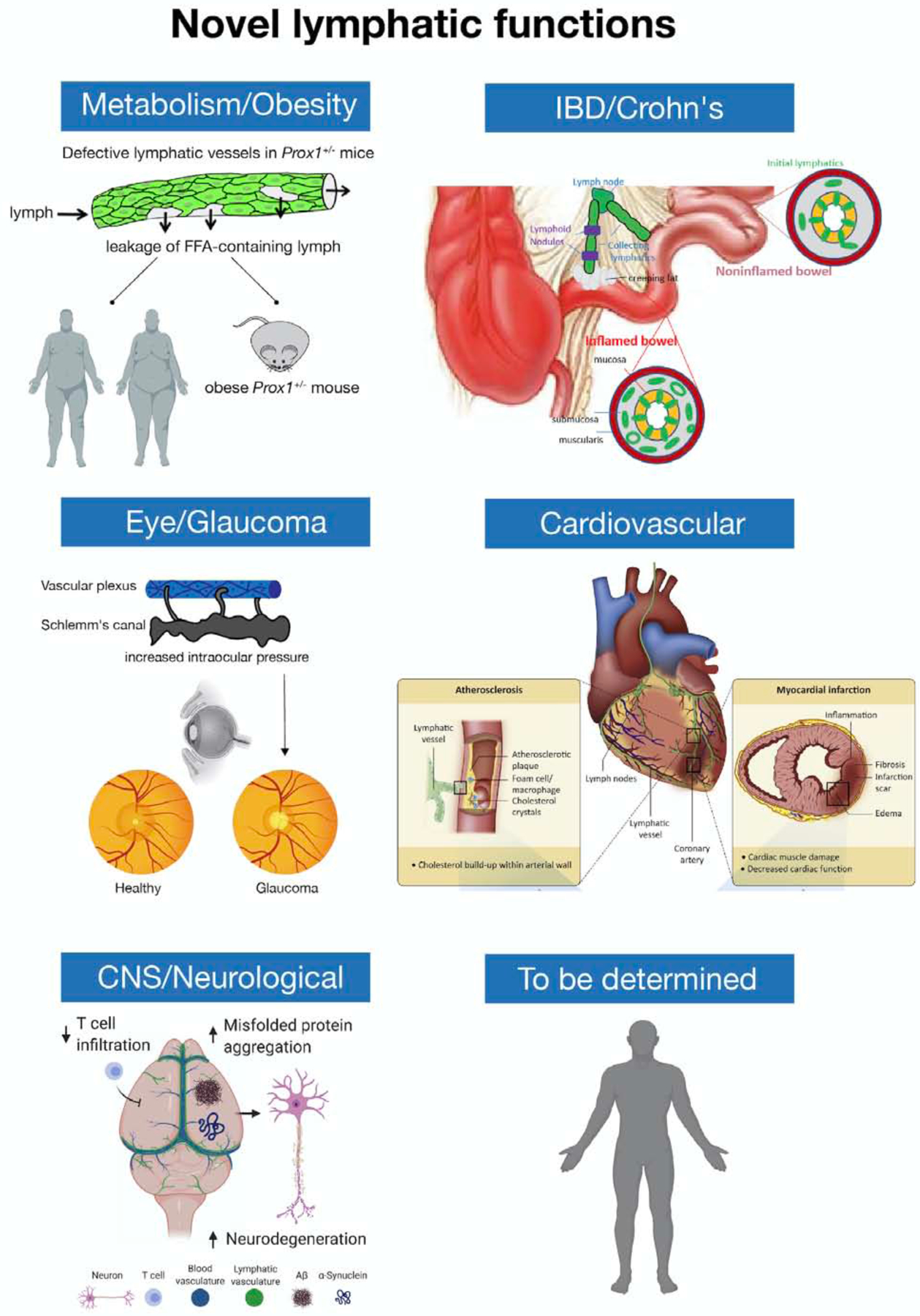Figure 4. Schematic representation of the major novel functional roles of the lymphatic vasculature in health and disease.

Recent work has uncovered important roles for the lymphatic vasculature in normal and pathological processes. Conditions in which lymphatic vessels are implicated include obesity, IBD/Crohn’s disease, cardiovascular pathologies (atherosclerosis and myocardial infarction), glaucoma and neurological diseases (Alzheimer’s, Parkinson’s, stroke and brain trauma, multiple sclerosis and brain tumors, age-related cognitive decline). In obesity, a direct link between asymptomatic defective and leaky lymphatics and increased adipogenesis and obesity was demonstrated so far in mice (Prox1+/−). It is possible that similar alterations are also responsible in certain forms of obesity in humans. In Crohn’s disease, lymphatics proliferate at the inflamed gut wall where creeping fat is frequently also observed, but this proliferation is counterbalanced by leukocyte-rich obstructions present in the collecting lymphatics. These regions may also be leaky, and leakiness as discussed for obesity, in turn, may drive creeping fat. Crohn’s disease patients with the least lymphatic expansion are more likely to experience relapse after bowel resection. Recent studies suggested a beneficial role for lymphatics in restoring heart function after cardiac injury and that cardiac lymphatic vessels could be therapeutic targets to restore cardiac function after injury. In cardiovascular diseases, atherosclerosis, characterized by the accumulation of plaques comprising fat, cholesterol and immune cells inside the arterial vessel wall, results in the narrowing and hardening of arterial walls, limiting blood flow from the heart. Lymphatics are found at atherosclerotic sites in the adventitial layer of coronary arteries. Myocardial infarction is a life-threatening condition that occurs when blood flow to the heart abruptly cuts off, usually as a consequence of blockage in the coronary arteries, resulting in tissue damage and massive cardiomyocyte death that leads to the formation of fibrotic tissue, pathological remodeling and eventually heart failure. In glaucoma, resistance to aqueous humor outflow is increased, reducing drainage through the Schlemm’s canal and resulting in elevated intraocular pressure and optic neuropathy. Lymphatics are also important novel players in a variety of neurological disorders. It is likely that additional novel functional roles of the lymphatic vasculature in normal and pathological settings will be identified.
